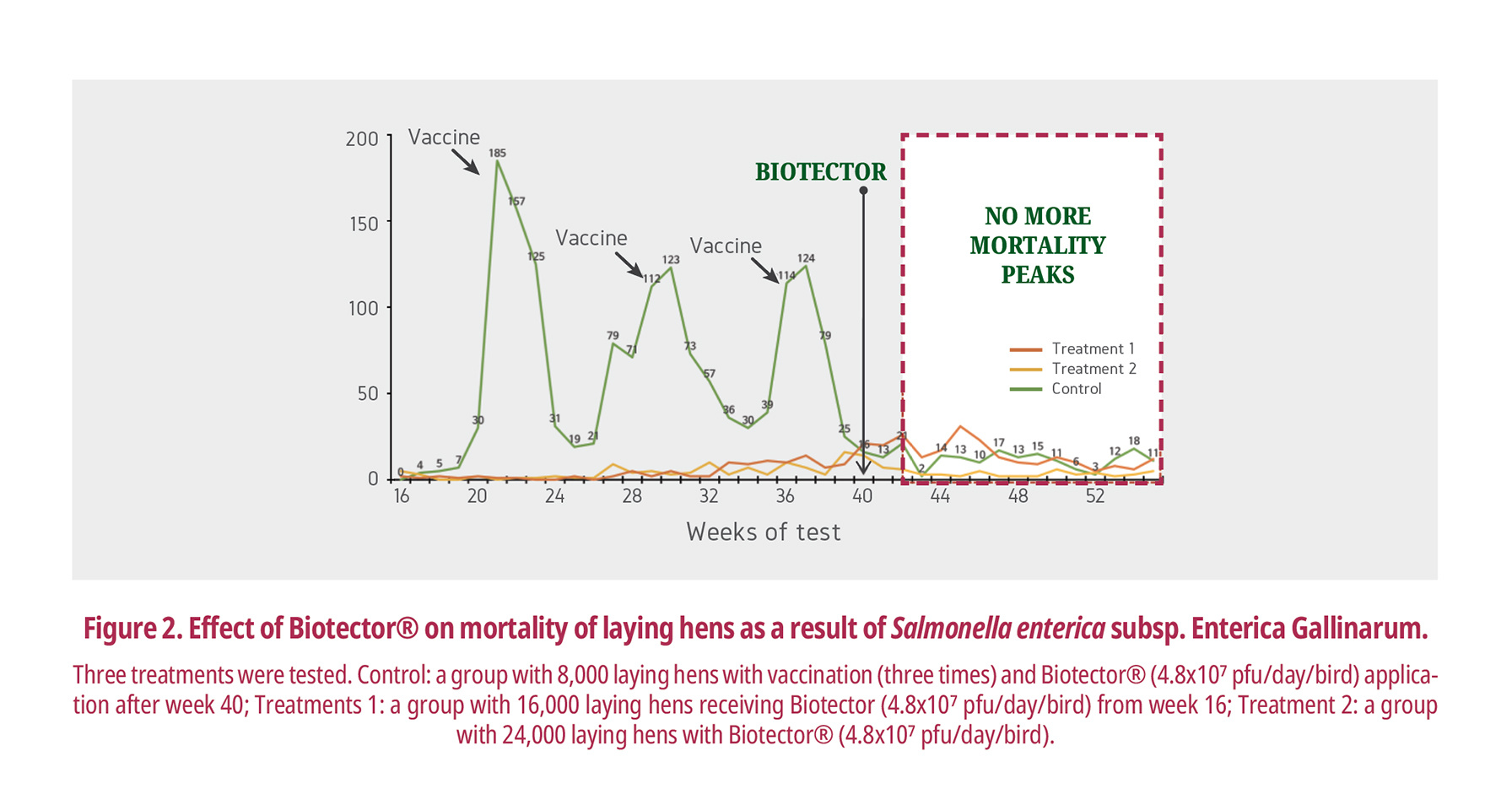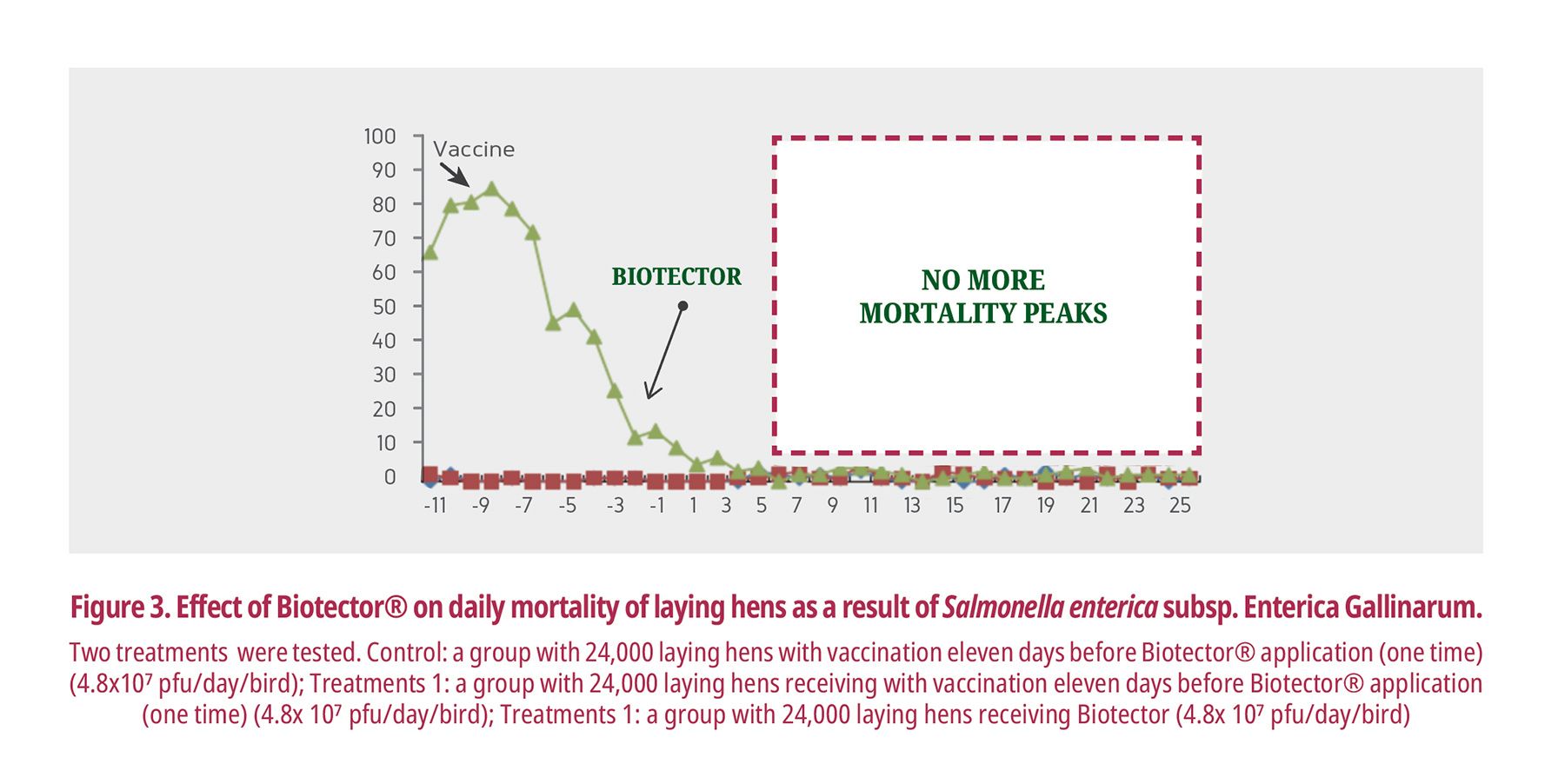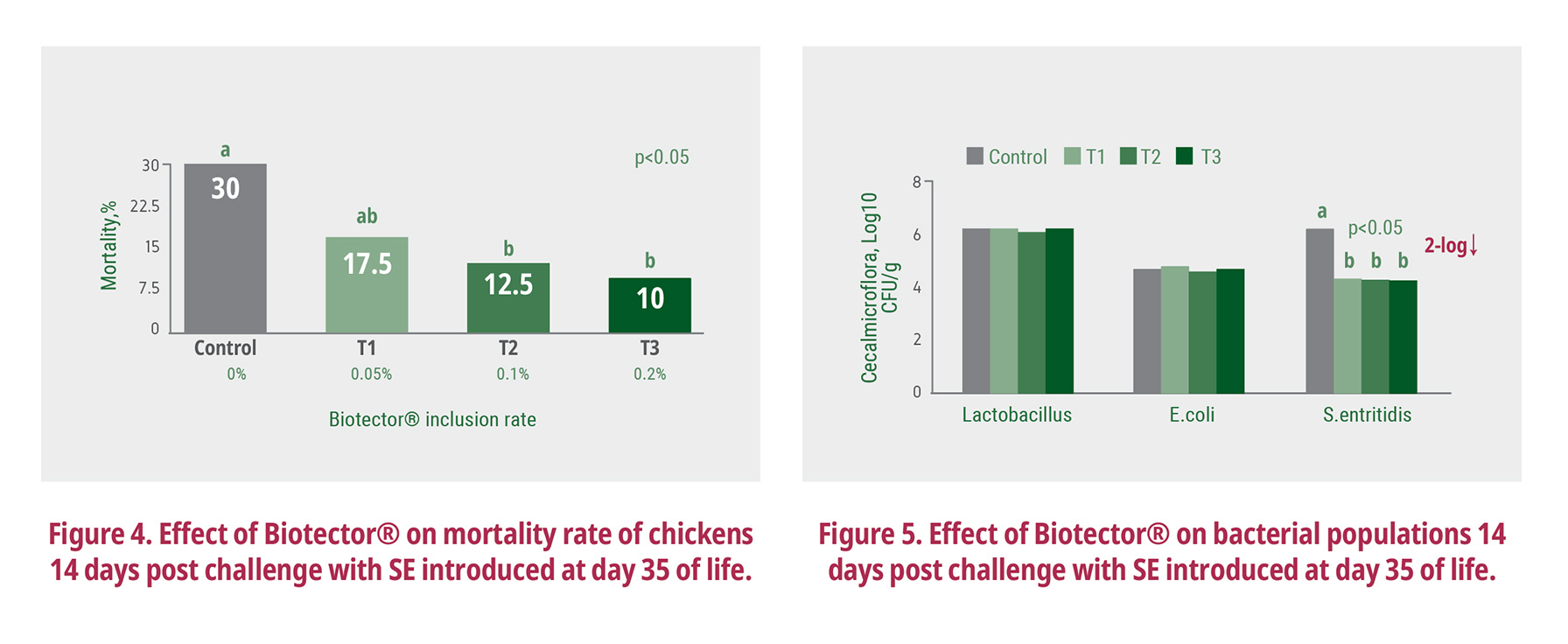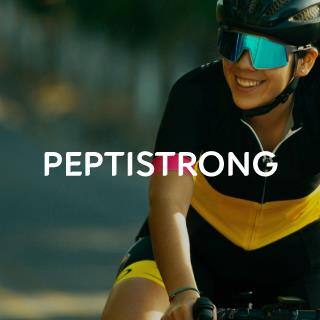Bacteriophages a new ally in fight against bacterial infections
2020년 05월 08일
- Function
- Immunity
- Poultry
- Swine
INTRODUCTION
Growing concerns to avoid the use of antibiotics to treat the bacterial diseases is compelling the scientists to discover the alternatives. Bacteriophages are the viruses that infect and replicate within bacteria resulting in bacteriolysis. If these bacteria would have been the pathogenic ones, killing them using bacteriophages can be an effective strategy in treatment or control of the bacterial diseases at farm level.
What are bacteriophages?
Alexander Sulakvelidze defined bacteriophages as the most ubiquitous organisms on Earth, playing a significant role in maintaining microbial balance on this planet [1]. Bacteriophages are bacterial viruses and their structure does not differ from normal viruses. A usual bacteriophage is built from genetic material covered by structural proteins which create capsid. Genetic material of bacteriophages is DNA or rarely RNA which contains coding genes for structural (capsid-building) and non-structural proteins involved in virus replication [2]. Their genetic material is protected from the host nucleases; therefore, they can survive in host cells.
Bacteriophage Mode of action (Lytic cycle)
The bacteriophage attaches to a cell (attachment step) and injects its DNA or RNA into the cell (Entry step). Phage DNA is copied and the genes are expressed to make proteins such as capsids (DNA copying and protein synthesis). Capsids assemble from the capsid proteins and are stuffed with DNA to make lots of new phages. Late in the lytic cycle, the phage expresses genes for proteins that poke holes in the plasma membrane and cell wall. The holes let water to flow in, making the cell expand and finally burst. The releasing bacteriophages look for the new host and the process continues (Fig. 1).
.jpg)
CJ BIO Bacteriophage product (Biotector®)
CJ BIO has a bacteriophage product (Biotector®) which is a solution for the post antibiotic ban in 2022. Biotector® is currently used in non-European countries and is a cocktail of 5 different phages (two salmonella phages, two coliphages, and one clostridium phage) that kills almost 95% of the respective strains (740 pathogenic strains).
Biotector® can prevent against different diseases such as:
Fowl typhoid . Pullorum disease . Foodborne disease . Avian Colibacillosis . Necrotizing Enterocolitis
Practical experiences with Biotector®
Herein, practical experiences with Biotector® are shared. In the first attempt, birds were divided into two groups. A control group with 8,000 laying hens and a treatment group (with Biotector® at 4.8x107 pfu/day/bird) with 16,000 laying hens. In the Biotector® group, mortality was reduced from 185 per week in week 21 to approximately 20 per week in week 40 after introducing Biotector® into feed formulation (Fig. 2). During this period, birds were three times vaccinated to reduce mortality. In a second attempt, 24,000 laying hens were vaccinated and after eleven days Biotector® was added into feed formulation. Mortality was reduced from approximately 90 per day in highest peak to below 10 per day after treatment with Biotector® (Fig. 3).


Effectiveness of Biotector® is also presented in broilers. One hundred and sixty one day old Ross 308 broiler chickens were used to test the mortality reduction while using different inclusion rates of Biotector® in order to reduce Salmonella counts in the cecum. A control treatment was only SE challenged and three doses of Biotector® (0.05%, 0.1% and 0.2% inclusion rate in feed) were tested. All birds were challenged with Salmonella Enteritidis (SE; 1x109 CFU) at 35 day of life. Mortality and different bacterial populations in the cecum are shown on graphs 4 and 5 after 14 days after challenge with SE. Mortality was decreased from 30% to 10% with 0.2% Biotector® inclusion in feed (Fig. 4). Salmonella enteritidis counts significantly dropped in Biotector® groups. No significant differences between different inclusion rates of Biotector® and control group was observed in E. Coli and in lactobacillus counts [3].

A feed additive should be technically applicable in feed production. Feed mills can insert Biotector® in a pelleted feed. Biotector® is double layer coated with an inner layer of cellulose and an external layer of wax. Thermostability of Biotector® is in the range of 85 to 95 ℃. Biotector® is also stable in low and high pH (3.2 and 11; respectively). The inclusion rate of Biotector® in poultry is at 0.05-0.1% in the feed.
In conclusion, application of Biotector® in poultry can provide a solution in a post antibiotics era. Biotector® supports farmers in fight against bacterial diseases.
REFERENCES
1. Sulakvelidze A. Bacteriophage: A new journal for the most ubiquitous organisms on Earth. Bacteriophage. 2011;1:12.
2. Winter P. C., Hickey G. I., Fletcher H. L. Krtkie wykłady- Genetyka. Wyd. Nauk. PWN. 2010. B8, 139-145.
3. Kim, K. H., Lee, G. Y., Jang, J. C., Kim, J. E. and Y. Y. Kim. Evaluation of Anti-SE Bacteriophage as Feed Additives to Prevent Salmonella enteritidis (SE) in Broiler. Asian-Australian J Anim Sci. 2013;26(3): 386393.
4. Hankin EH. Laction bactericide des eaux de la Jumna et du Gange sur le vibrion du cholera. Ann Inst Pasteur (Paris) 1896;10:51123.
5. Twort FW. An investigation on the nature of ultra-microscopic viruses. Lancet 1915, 186, 4814.
6. d`Herelle F. Sur un microbe invisible antagoniste des bacillus dysentrique. Comptes rendus Acad Sci Paris 1917, 165, 373-375.
7. Pirnay JP., Verbeken G., Rose Y., Jennes S., Zizi M., Huys I., Lavigne R., Merabishvili M., Vaneechoutte M., Buckling A., De Vos D. Introducing yesterday`s phage therapy in today's medicine. Future Virology 2012, 7, 379-390.
8. Tae-Hyun Lim, Lee H. T., Kim Myeong-seob, Kim Byoung-Yoon, Yang Si-Yong, Song Chang-Seon , Evaluation of Efficacy of Bacteriophage CJ07 against Salmonella enteritidis Infection in the SPF Chicks. Korean J. Poult. Sci. Vol. 37, No.3, 283~287 (2010)
9. Lim TH1, Lee DH, Lee YN, Park JK, Youn HN, Kim MS, Lee HJ, Yang SY, Cho YW, Lee JB, Park SY, Choi IS, Song CS. Efficacy of bacteriophage therapy on horizontal transmission of Salmonella gallinarum on commercial layer chickens. Avian Dis. 2011 Sep;55(3):435-8
10. Lim TH1, Kim MS, Lee DH, Lee YN, Park JK, Youn HN, Lee HJ, Yang SY, Cho YW, Lee JB, Park SY, Choi IS, Song CS, Use of bacteriophage for biological control of Salmonella Enteritidis infection in chicken. Res Vet Sci. 2012 Dec;93(3):1173-8. doi: 10.1016/j.rvsc.2012.06.004. Epub 2012 Jul 15.
























































